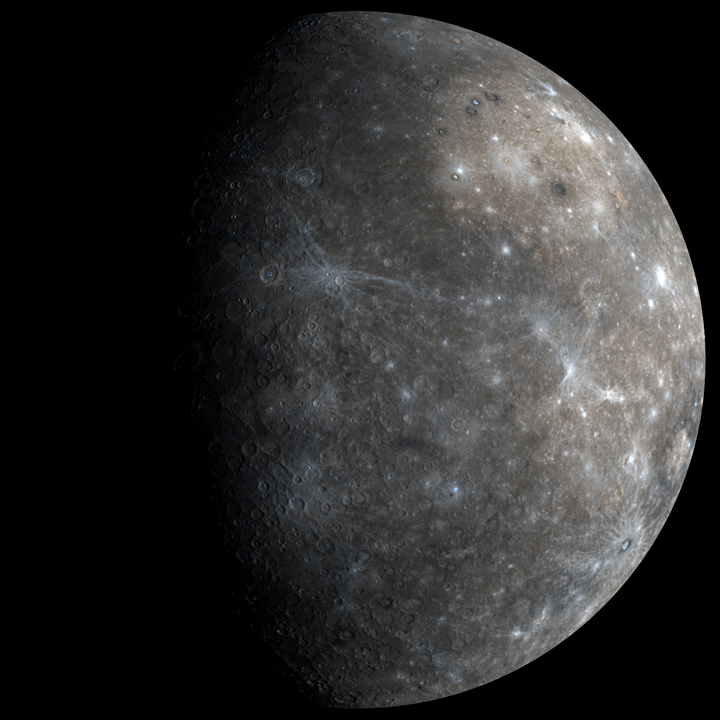TORONTO – You may be familiar with the Mars Curiosity rover or the Cassini spacecraft around Saturn, but have you heard of MESSENGER?

MESSENGER — MErcury Surface, Space ENvironment, GEochemistry, and Ranging — is a spacecraft that has been on a 10-year mission mapping out Mercury and uncovering this mysterious and elusive planet. Mercury is the first planet out from the sun, so it’s often lost in the sun’s glare, making observations challenging for ground-based telescopes.
READ MORE: Watch – NASA releases beautiful video of Mercury
On April 30, NASA plans to end the mission by sending the spacecraft hurtling at the planet’s surface at almost four kilometres a second.
In a press conference on Thursday, Dan O’Shaughnessy, MESSENGER systems engineer, said that the spacecraft still has one more maneuver move to go through. Assuming that goes as planned, it will impact the surface around 19:25 UTC (3:25 p.m. ET). It’s estimated that the spacecraft — which measures three metres from solar panel to solar panel — will create a crater about six metres across. It’s unknown how deep it will be.
As of Thursday, MESSENGER was on its 4065th orbit with just 40 orbits left.
Now just because MESSENGER will be no more, it doesn’t mean the entire mission is over.
“This is not just the end, it’s a new beginning to study the vast amount of data that has come from this mission,” said Dwayne Brown from NASA’s Office of Communications during a press conference from NASA Headquarters in Washington.
During the press conference, Jim Green, director of the Planetary Science Division at NASA Headquarters listed the top ten scientific discoveries from the mission.
Included was the fact that Mercury has contracted by as much as seven kilometres in its lifetime, as well as the findings of volcanic deposits and more volatile elements than was previously anticipated to exist on the hot planet.
But one of the best was the confirmation of water ice at the planet’s poles. Observations from the ground 20 years ago suggested that water could exist in the polar regions.
At an average distance of just 58 million kilometres from the sun, it seems hard to believe that anything frozen could exist on the surface. But that’s exactly what MESSENGER found.
- ‘Significant risk’: How will wildfires spread over the next two months?
- As Canada eyes AI growth, could electricity demands fuel climate change?
- London Drugs issues apology, says no evidence of compromised data in cyberattack
- B.C. fruit likely to be in short supply and expensive this year: produce retailers
Areas at the poles that are permanently in shadow have thermal environments that allow water ice to form either at the surface or a few tens of centimetres below the surface.
As for the possibility of running water, Sean Solomon, MESSENGER’s principle investigator said, “We don’t see anything…indicative of running water like on Mars. It is not likely that on a regular basis that there is liquid water on Mercury.”
Asked what question he’d like answered in the future, Solomon responded first with a laugh.
“There are several questions that would be best answered by some future lander mission,” he said. “Unlike Mars unlike the moon we have no samples… If we could send some…instruments on a lander, I think that would be a terrific mission.”
READ MORE: Want to name features on a (dwarf) planet? Public invited to take part in Pluto mission
MESSENGER was launched in August 2004 and travelled almost eight billion kilometres to its target. It travelled around the sun 15 times, flew by Earth once, Venus twice and Mercury three times. It was inserted into orbit in March 2011.
Another Mercury mission is set to launch in January 2017 by the European Space Agency and the Japanese Space Agency (JAXA). BepiColombo, a European mission, will reach the planet in 2024 and have two spacecraft, one for studying the planet, and another to study the magnetosphere.




Comments